يحاول ذهب - حر
THE POWER OF SECRET SOCIETIES
July/August 2020
|Archaeology
Clandestine groups throughout history have used shadowy rituals to control the world around them

WHEN ARCHAEOLOGIST Brian Hayden of Simon Fraser University started working at the Keatley Creek site in British Columbia more than three decades ago, he was intrigued by nine small structures that had been clearly set apart from the main settlement. Located on a terrace above the Fraser River Gorge in the traditional territory of the Ts’kw’aylaxw (pronounced Tskwai-lah) First Nation, Keatley Creek was once one of the largest prehistoric settlements in what is now Canada. As many as 1,000 residents, who survived by hunting, gathering, and fishing, lived there at its peak around 1,000 to 2,000 years ago. Millennia of occupation left behind more than 115 depressions in the main settlement, evidence of partially underground wooden dwellings called pit houses that were inhabited in the winter.

The nine structures that caught Hayden’s attention were 300 to 600 feet away from the main group. Unlike the other dwellings at the site, they had rock-lined hearths and yielded rare artifacts including gaming pieces and shells from the Pacific coast. They also were near large roasting pits measuring up to 30 feet in diameter that suggested feasting had once taken place there. After many years of research, Hayden now believes that some of these distinctive buildings were used by members of secret societies to hold ceremonies with the ultimate goal of gaining influence over their fellow villagers.
هذه القصة من طبعة July/August 2020 من Archaeology.
اشترك في Magzter GOLD للوصول إلى آلاف القصص المتميزة المنسقة، وأكثر من 9000 مجلة وصحيفة.
هل أنت مشترك بالفعل؟ تسجيل الدخول
المزيد من القصص من Archaeology
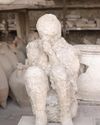
Archaeology
LEGEND OF THE CRYSTAL BRAIN
When most people envision the victims of the eruption of Mount Vesuvius in A.D. 79 that destroyed the cities of Pompeii and Herculaneum, they think of the casts of their bodies made by pouring plaster into voids left by their decaying corpses. Yet not all the physical remains of those who perished in the cataclysm decayed. In one case, a remarkable transformation occurred—a man’s brain turned to glass.
3 mins
July/August 2025
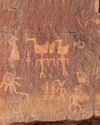
Archaeology
Birds of a Feather
Intriguing rock art in the Four Corners reveals how the Basketmaker people drew inspiration from ducks 1,500 years ago
8 mins
July/August 2025
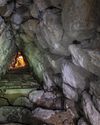
Archaeology
THE HOME OF THE WEATHER GOD
In northern Anatolia, archaeologists have discovered the source of Hittite royal power
13 mins
July/August 2025
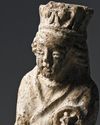
Archaeology
SAINTS ALIVE
Since 2019, archaeologists have been excavating in Berlin's oldest square, known as the Molkenmarkt, or Whey Market.
1 min
July/August 2025
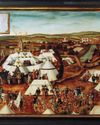
Archaeology
SOLDIERS OF ILL FORTUNE
The Schmalkaldic War, which began in 1546 and lasted less than a year, pitted the forces of the Holy Roman emperor Charles V (reigned 1519-1556) against the Schmalkaldic League, a Protestant alliance formed by German principalities and cities within the empire.
1 mins
July/August 2025
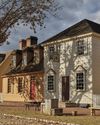
Archaeology
A NEW LOOK AT AN OLD CITY
Archaeologists are reconstructing the complicated 400-year history of Virginia's colonial capital
13 mins
July/August 2025
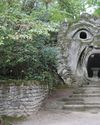
Archaeology
ITALY'S GARDEN OF MONSTERS
Why did a Renaissance duke fill his wooded park with gargantuan stone
10 mins
July/August 2025
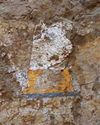
Archaeology
In Search of Lost Pharaohs
Anubis Mountain conceals the tombs of an obscure Egyptian dynasty
3 mins
July/August 2025
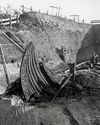
Archaeology
Setting Sail for Valhalla
Vikings staged elaborate spectacles to usher their rulers into the afterlife
15 mins
July/August 2025
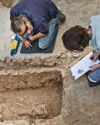
Archaeology
BOUND FOR HEAVEN
During excavations of a Byzantine monastery in 2017 just north of Jerusalem's Old City, a team led by Israel Antiquities Authority archaeologists Zubair 'Adawi and Kfir Arbiv discovered an unusual burial in a crypt beneath the altar of the complex's church.
1 mins
July/August 2025
Translate
Change font size
